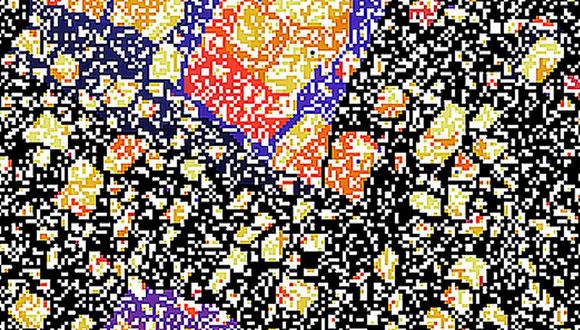Biological & Soft Matter Seminar: Locomotion by shape control in nature and technology
Prof. Antonio de Simone , SISSA, Italy
Abstract:
In recent years, we have studied locomotion and shape control in several biological systems using tools ranging from theoretical and computational mechanics, to experiment and observations at the microscope, to manufacturing of prototypes.
A particularly interesting case study is provided by Euglena gracilis [1]. This unicellular protist is particularly intriguing because it can adopt different motility strategies: swimming by flagellar propulsion, or crawling thanks to large amplitude shape changes of the whole body (a behavior known as “metaboly”, or “amoeboid motion”). The shape changes required for the two strategies are completely different and consist of bending waves along the flagellum in swimming motility, peristaltic expansion/contraction waves of the body in crawling motility. Interestingly, however, both the general morphing principle and its embodiment in the microscopic architecture of the active structural elements capable of enforcing the shape changes are the same. Shape changes are achieved by Gaussian morphing [2], the paradigm by which curvature can be produced by differential inplane stretches of the mid-surface (the tubular shell of the flagellum in one case, the body envelope in another). These stretches are in turn produced by molecular motors walking along microtubules, causing the bending of microtubule bundles and the twisting of pellicle strips.
The behavior displayed by the organism has been observed under the microscope, and reproduced quantitatively thanks to mathematical and computational models [1]. Understanding the way the shape-shifting mechanism is grounded in the body architecture opens the way to the design of new, bio-inspired, morphable structures [3,4]. This is being explored using additive manufacturing techniques.
We will survey our most recent findings in this stream of research, obtained in collaboration with M. Arroyo, A. Beran, G. Cicconofri, G. Noselli and D. Riccobelli.


